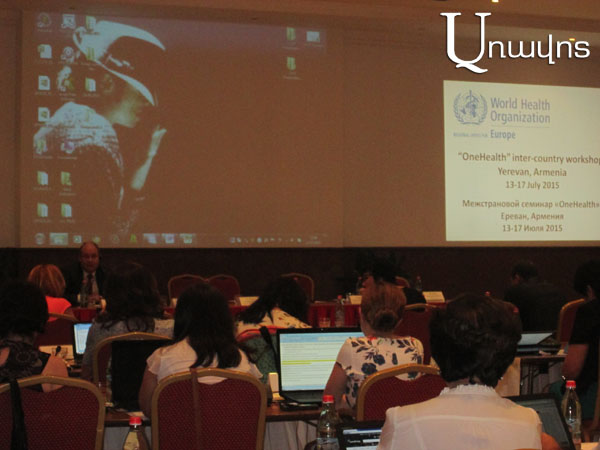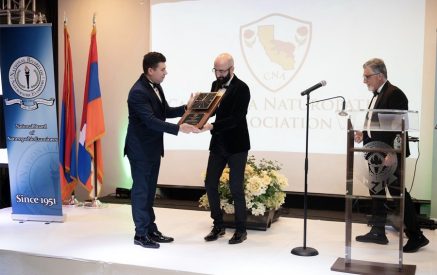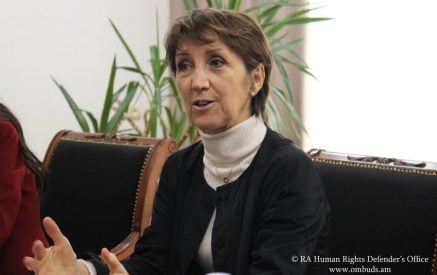“It’s true, infant mortality has been declined in our country, but when we look at it by the unit weight, the newborns make the 70 percent of the infant’s mortality, consequently, our task is to strengthen the neonatal service”, said the Head of the Maternity and Child Health Care Department at the Ministry of Health, Karine Saribekyan, in the interview with Aravot.am, who attended the international conference on “Maternal and child and adolescent health care national programs: strategy planning and assessment of values”.
Now and onward for five days, around 45 participants from 7 countries will present their own countries’ indicators, they will exchange experience and will get acquainted with the experience of the developed countries. Judging by the speeches of the post-Soviet countries’ experts, Armenia’s health indicators in maternal and child health, breastfeeding and infant mortality are in good condition. However, Karine Saribekyan thinks that the problems of the children in preschool and adolescent age, associated with the underdeveloped growth, anemia and the short-period breastfeeding in early childhood are still challenges for our country.
Mrs. Saribekyan said that the government has already adopted a concept paper to strengthen the nutrition strategy. The Tajikistan representative said that by the ratio of 100 thousand live births, 34 percent of children die before the age of one year. By the ratio of 100 thousand residents, 60-70 maternal mortality cases are recorded every year. In our country, according to the data of the Deputy Health Minister Sergey Khachatryan, this indicator has become 8.8 per thousand per year as compared to last year’s 9.8 per thousand, which means that around 8.8 children of 1,000 children born die before the age of one. As mentioned by Mrs. Saribekyan, the Ministry has achieved these indexes in the result of the implementation of ongoing programs, among which she singled out the neonatal screening implemented since 2005. The Tajikistan representative noted that the issue of home labors, TB and child disability are still a challenge in their country.
According to the Tajikistan healthcare specialist, almost 70 percent of Tajikistan’s population resides in mountainous areas, in winter season the women are unable to get to the hospital and they labor at home, due to which the maternal and infant mortality rate is not declined. In the interview with us, Mrs. Saribekyan said that diarrhea and respiratory diseases are the causes of post-natal mortality in our country, which tends to increase in recent years. According to her, the problems among the adolescence period are the harmful habits, nutritional disorders and wrong manifestations of the behavior. Sergey Sargsyan, Head of the Institute for Children and Adolescent Heath adjacent to the “Arabkir” medical complex, who is also a practicing physician, in the interview with Aravot.am, said that the reduction of child mortality was, particularly, caused by introducing the hospital certification, due to which a greater number of children have begun receiving consultancy by the hospital doctors, which, as compared to the primary health care level professionals, have a higher qualification.
To our question of whether the child mortality number in our country is also growing because they turn to the doctor in extreme cases and try to treat their children at home, Mr. Sargsyan said, “I would not say that this is an Armenian habit, I have worked in 7 countries and in all the places I had seen this, importantly, if we take our national income and compare with the countries like ours with the same income, then we are in much better situate by the infant mortality rate.” Nune Pashayan, Head of the Children’s Health Care Department of the Ministry of Health, in the interview with Aravot.am, presented the programs that are aimed at the public health care. As presented by Mrs. Pashinyan, 19 percent of children aged 0 to 5 are short.
Lusine BUDAGHYAN



























































